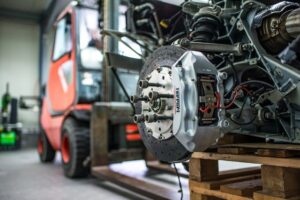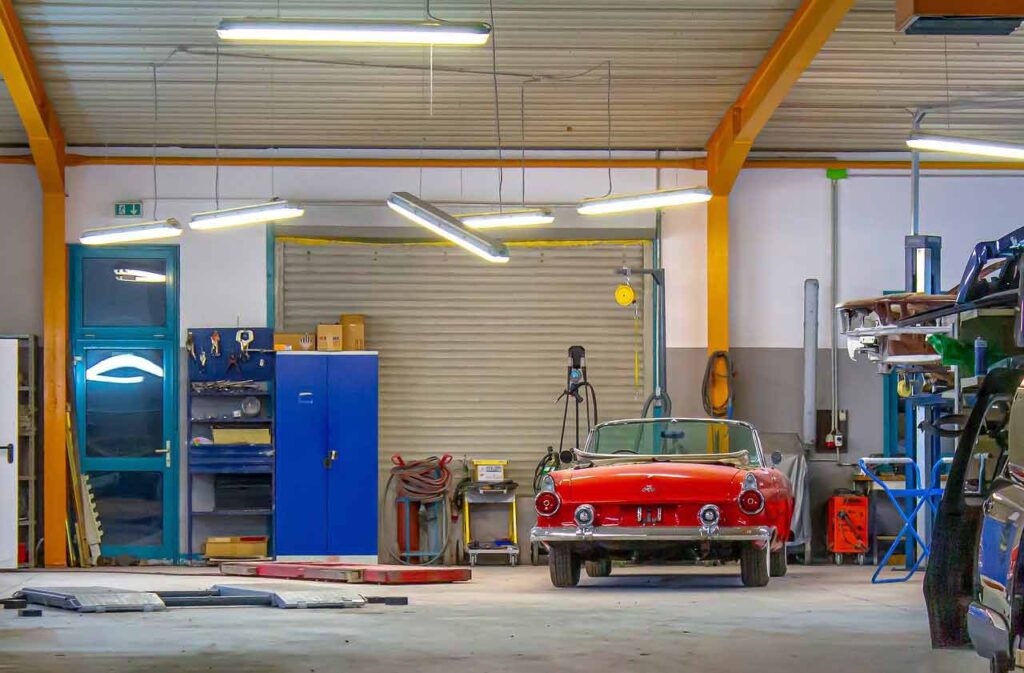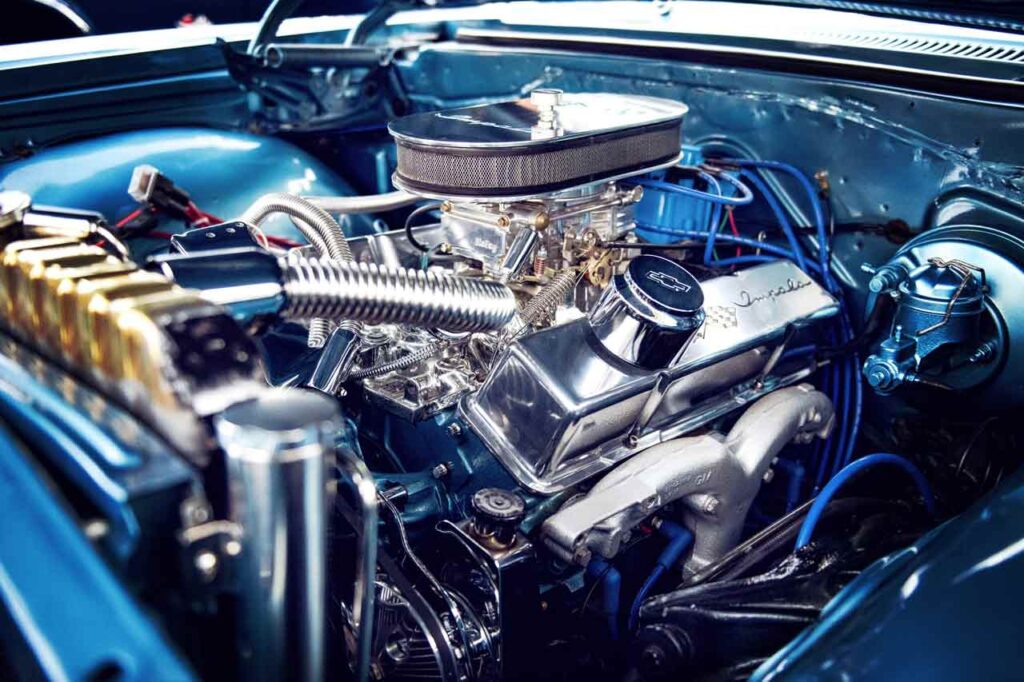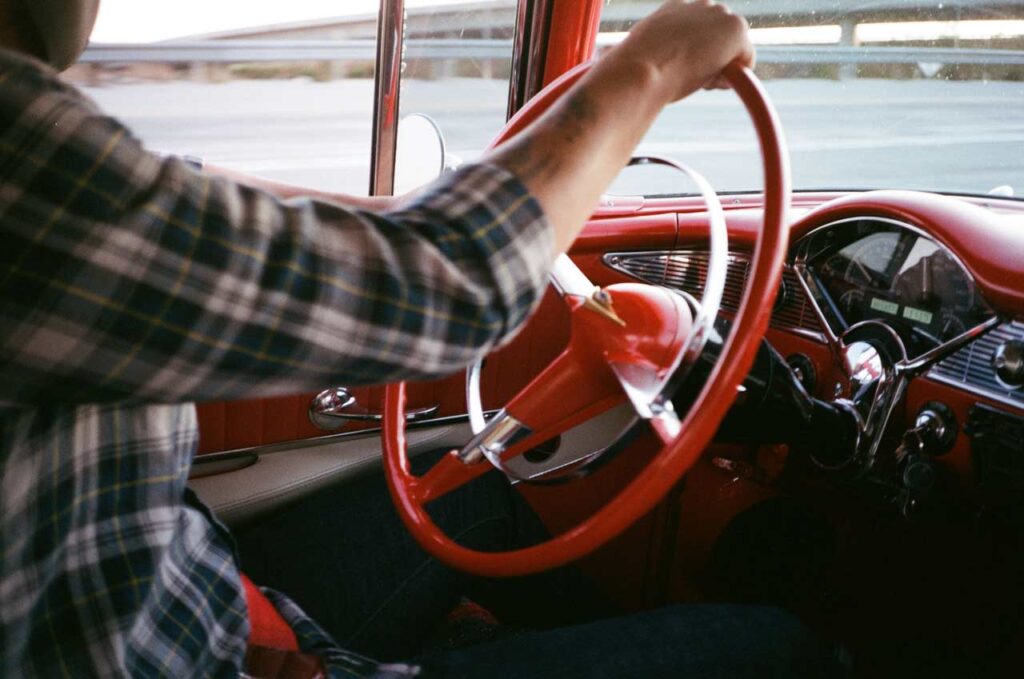Limit your exposure to asbestos through careful planning
Asbestos is a naturally occurring mineral used in various products, including car parts. Exposure to asbestos is known to cause cancer and other serious health problems. It can splinter out into fibers when the materials are disturbed or damaged, such as during car repairs or accidents. Asbestos fibers can also be released into the air when cars with asbestos-containing materials are scrapped or disposed of improperly.
Why is asbestos used in cars?
Asbestos has been used in various industries for centuries due to its heat-resistant and insulation properties. While no longer used in many industries due to health concerns, asbestos is still found in some car parts. If you are concerned about exposure to asbestos, you can minimize risk by ensuring that your car is well-ventilated and avoiding working on your car in enclosed spaces.
Known health effects of exposure to asbestos
Asbestos is a known carcinogen, and exposure to asbestos can increase your risk of developing cancer. In cars, asbestos fibers can be released into the air when parts are manufactured or repaired, and people can be exposed to these fibers when they breathe in the air around them.
Symptoms of asbestos exposure include coughing, shortness of breath, and chest pain. If you think you may have been exposed to asbestos, you should immediately see a doctor. There are ways to reduce your risk of exposure, such as wearing protective clothing and using respirators when working with car parts that may contain asbestos fibers.
How can people be exposed to asbestos from cars?
Asbestos has historically been used in various automotive parts and materials due to its heat and chemical damage resistance. Automobiles may contain asbestos in brake pads, clutches, gaskets, and other components. If you are concerned about reducing or eliminating exposure to asbestos from your car, it is crucial to inspect these vehicle components closely and contact a professional if there is any sign of damage or contamination.
Exposure to asbestos fibers has been linked to an increased risk of developing mesothelioma – an aggressive form of cancer that typically affects the lining of the lungs. If you believe you may have been exposed to asbestos from your car, it is vital to seek medical attention and consult a qualified asbestos attorney.
Steps that can be taken to reduce exposure to asbestos in cars
While asbestos is a common substance, it must be taken seriously and with preventative measures to ensure its fibers are not inhaled or come into contact with the skin.
The first step is to identify which parts of the car contain asbestos. Once you know where the asbestos is, you can take steps to avoid exposure by not touching or disturbing those areas.
If you need to work on the part of the car that contains asbestos, be sure to wear proper protective gear, including a respirator if necessary. Keeping a vehicle well-maintained and in good repair minimizes the likelihood of creating asbestos fibers.
When disposing of any materials that may contain asbestos, be sure to follow all local regulations regarding safe disposal methods. Asbestos is a highly regulated substance and cannot be disposed of with other trash or waste. Failure to dispose of asbestos in accordance with state and federal regulations can result in significant fines and legal action. If you are unsure of how to dispose of asbestos in your area, contact your local or county office of environmental protection or waste management.
Asbestos testing when shipping a vehicle overseas
Several countries require vehicle asbestos testing to ensure that cars on the road are not emitting dangerous levels of asbestos fibers into the air. These countries include Australia, Canada, and the countries within the European Union. In addition to requiring testing, these jurisdictions also have regulations limiting the amount of asbestos a car’s parts can contain.
How do asbestos regulations impact those who want to export vehicles?
- The regulations for exporting old vehicles from the US can be complicated and vary depending on the destination country.
- If you are planning on exporting a vehicle manufactured more than twenty-five years ago, it’s important to research the regulations in advance to avoid any potential problems.
- The regulations can impact both the buyer and seller of an old vehicle, so it’s important to be aware of them before entering into any transaction.
- Some countries have stricter regulations than others when it comes to importing old vehicles, and countries also have different regulations for “classic cars” or vehicles considered collectible, so it’s important to check with the relevant authorities before shipping anything overseas.
- In some cases, it may be easier and less expensive to simply sell your old vehicle rather than trying to export it to another country.
What regulations are in place for importing vehicles to the US?
- The United States has strict regulations in place for importing vehicles from other countries. There are a number of countries the US will not allow vehicles to be imported from due to manufacturing or environmental standards designed to limit exposure to asbestos.
- In order to import a vehicle into the US, you must first obtain a permit from the US Department of Transportation.
- All imported vehicles must meet the safety and environmental standards set by the US government.
- Vehicles that do not meet these standards will be refused entry into the United States.
- If you are caught importing a vehicle without a permit, you may be subject to prosecution and/or fines.
CONNECT WITH TRANS GLOBAL TODAY
Importing and exporting vehicles can be a complicated process that requires careful attention to detail with numerous regulatory bodies both in the US and abroad. Trans Global Auto Logistics has over 30 years in the vehicle shipping business. Consult with one of our representatives today to help you import or export your car.
Are you dying to get your hands on a 1960s muscle car you saw online? Or perhaps you’re thinking of buying your neighbor’s vintage Ford pickup truck because it brings back fond childhood memories. Whether you plan to buy a classic car for investment or keep it as a collectible, purchasing used vehicles can be risky. A test-drive around the block or a quick scan under the hood is not enough to help you identify potential problems with the car.
Classic cars can have many cosmetic, mechanical and safety issues, which can’t be detected by analyzing online pictures or performing a simple visual inspection. Before you plunk down thousands of dollars for buying and shipping your classic car, you should get an accurate picture of the vehicle’s condition. A professional pre-purchase inspection will help you identify any issues with the vehicle so you can decide if the classic car is worth your money.
What is a Pre-Purchase Car Inspection?
A pre-purchase car inspection is a professional assessment of a used vehicle to identify any mechanical, structural or aesthetic damage. Classic car inspections are performed by certified mechanics or automotive technicians that have expertise in the make and model of the vehicle being purchased. Pre-inspections allow buyers to find out if the car is worth its asking price, helping them save thousands of dollars by preventing the purchase of damaged goods.
Classic car inspection services give buyers peace of mind as it helps them ensure that the vehicle is not a financial liability. Most experts recommend taking a used car for a comprehensive inspection before completing the purchase. If you intend to purchase a classic car online or from another state, Trans Global Auto Logistics (TGAL) can help you with the pre-inspection, payment, and shipping process. TGAL offers classic car inspection and escrow services for online and out-of-state purchases to protect buyers from fraudulent deals and have the car shipped to their doorstep.
Where Can You Get a Pre-Purchase Classic Car Inspection?
Although most mechanics and auto technicians can perform a pre-purchase inspection, it is best to take the desired vehicle to classic car specialists. Try to find a professional that has experience and expertise in providing inspection services for the type of classic car you intend to purchase. If you want to buy a 1964 Pontiac GTO, make sure the inspector has sufficient knowledge of muscle cars. Buying a 1956 Ford F100, however, does not require muscle car expertise.
To find a pre-inspection professional with speciality in the type of classic car you want to buy, turn to Google for help. A quick Google search can help you find plenty of classic car inspection service providers in your area. If you’re purchasing a vintage vehicle from out-of-state or an online marketplace, TGAL can help you with the classic car inspection process. No matter where the car is located, we’ll work with a third-party inspection service provider to produce an official report of the vehicle so you can get in-depth information about its condition.
What to Expect During Pre-Purchase Car Inspections
There are no universal standards in the industry that specify how pre-inspections should be performed. The depth and detail of pre-purchase car inspections will depend on how much you’re willing to pay for the service. A basic inspection involves a visual assessment of the body and underbody of the classic car for the presence of blemishes, rust or leaks. A thorough classic car inspection will usually take two to three hours and involve checking the following:
Body Panels
A classic car technician or certified mechanic will start the inspection process by checking the vehicle’s exterior. Classic car inspection service providers will walk around the vehicle to look for any signs of damage, flood or accident repair. Common things to look out for include:
- The paint’s finish and condition
- Presence of scratches, dents and rust
- Gaps between panels which indicate frame damage
- Quality of frames and subframes in the undercarriage
- Condition of guards, plates, and panels in the underbody
Interior Parts and Components
After examining the exterior of the vehicle, the pre-inspection procedure moves on to check the interior of the car. Everything from the car’s carpets to seats and dashboard is analyzed to determine their condition. Classic car inspection also checks to see if there are any interior parts or components ⎼ like stereos and gauges ⎼ that are missing from inside the vehicle.
An interior check of classic cars generally evaluates the condition of:
- Seats: Are they soft and comfortable or hard and dry?
- The headliner: Is it firm and in-place or sagging and falling?
- Carpets: Are they in good quality or worn out?
- The dashboard: Does it close properly or has cosmetic issues like cracks and scratches?
- Glass: Does it have any stars, chips or cracks?
- The trunk: Are there any signs of water damage?
Mechanicals
After examining the exterior and interior condition of the classic car, the pre-inspection process gets deeper and more technical. At this stage, the technician or mechanic will open the car’s hood to analyze wiring, fluid levels, the battery, engine, and other electrical and mechanical components. A mechanical analysis conducted during a classic car inspection service usually involves checking:
- The quality of hoses and belts
- Fluid levels to see if they’re normal
- Potential problems with the suspension
- How well the electrical components function
- The air cleaner to see if it is properly installed
- The condition of brakes, drivetrain, and engine
- Leaks in valve covers, the lower rear of the engine, and around the carburetor
Tires
Classic car inspection checks the vehicle’s tires to determine if they’re usable or need replacement. Technicians will look for signs of wear such as bubbling or cracking on the tires’ sidewalls. Pre-inspection will also analyze the tire’s tread. Classic car tires should have at least one-third of an inch of tread on them to indicate they’re in good condition. If the classic car inspection service reveals that the tires have uneven tread, it could mean that the vehicle has suspension issues.
Mold Growth
If a classic car was not properly looked after, it will have molds and mildew on its interior components. Fungal infestation takes place inside classic cars that were exposed to moist environments. Pre-inspection will check the car’s interior for signs of fungal contamination to determine whether the vehicle has experienced water damage.
Car’s Performance
After checking the car’s exterior, interior, and mechanicals, classic car inspection will analyze the vehicle’s performance. Technicians will start and test-drive the car to look for any signs of engine, transmission, brake and other problems that they could not identify during previous assessments. Classic car inspection service providers test-drive the vehicle to find out if:
- It starts easily or requires multiple attempts
- The engine runs smoothly or is rough and rigid
- Gears shift without making horrible grinding sounds
- Steering is loose, shakes, or produces any noises under the car
Get a Pre-Inspection Before Buying a Classic Car
Buying any used vehicle, especially classic cars, can pose significant financial and safety risks if you don’t inspect it thoroughly for faults and defects prior to purchase. A professional classic car inspection can cost a few hundred dollars but will save you thousands in the long run on potential breakdowns and expensive repairs.
If you’re planning to buy a classic car online or from another state, Trans Global can help you every step of the way. TGAL offers third-party inspection, escrow services and direct-to-door shipping to help you buy your dream classic car with the least worry. Call us at 972-559-3295 to learn more about our classic car inspection service, or request a quote for inspecting and shipping a vintage vehicle.





